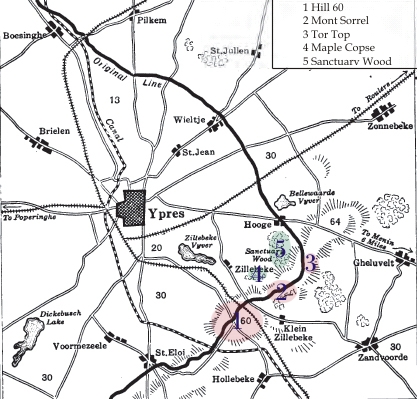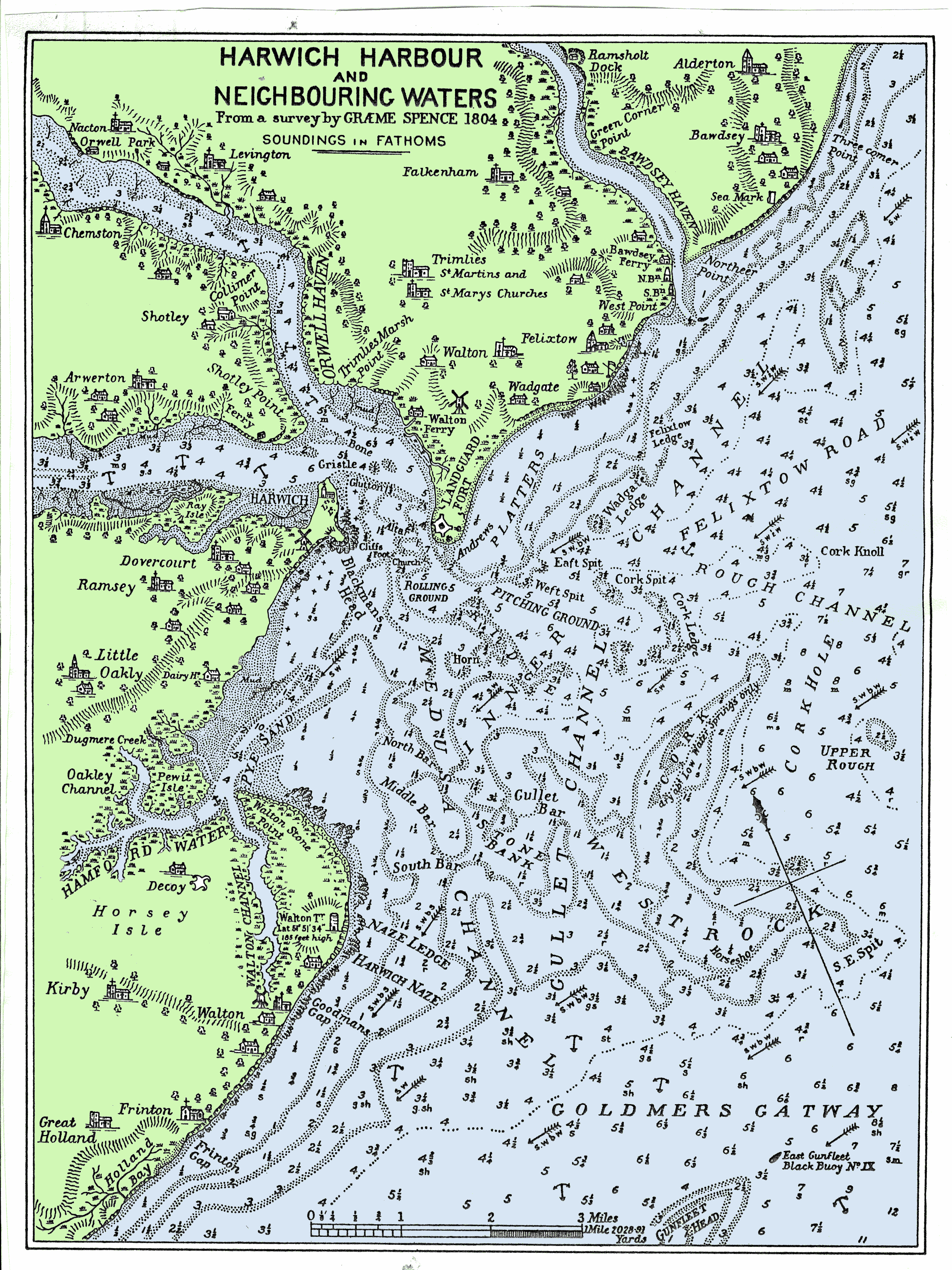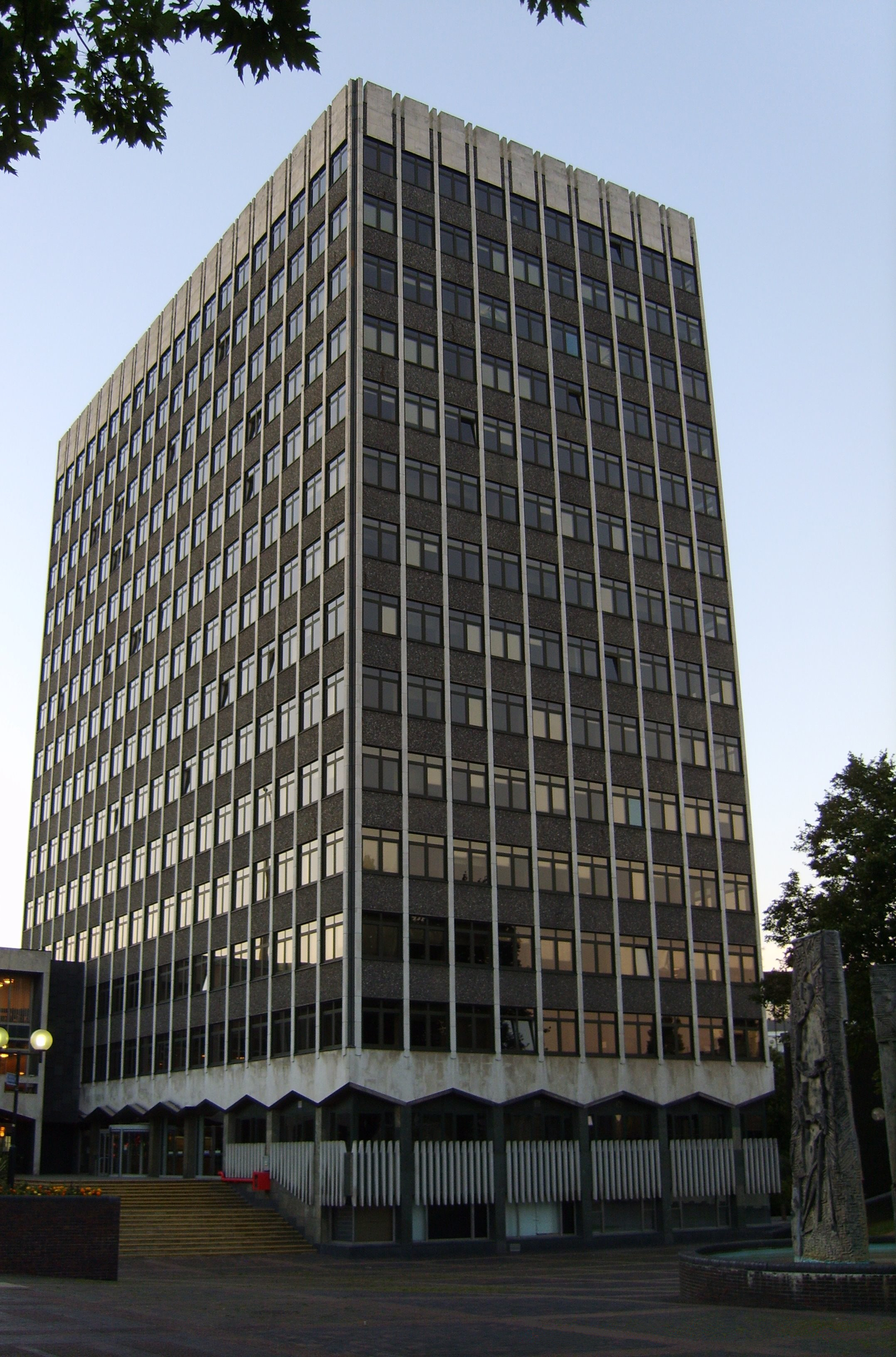|
Eric Harrison (British Army Officer)
Major-General Eric George William Warde Harrison, CB, CBE, MC, (23 March 1893 – 20 December 1987) was a British Army officer who served in both world wars, a rugby player, Olympic athlete, and later a painter and author.Davies (ed.) Military career Harrison was born in Belgaum, India;''Gunners, Game & Gardens'' his father, Major WC Warde Harrison, was an officer in the British Indian Army.''Who Was Who'' Harrison was educated at Cheltenham College before entering Royal Military Academy, Woolwich. While at Woolwich he played competitive rugby union for the army and for Kent and was selected by the Barbarians. From Woolwich he was commissioned into the Royal Garrison Artillery as a second lieutenant on 19 December 1913, after which he was invited to play football for Southend United F.C. He took up hurdling and was soon selected to compete for England in the 120 metres hurdles against Scotland and Ireland. First World War At the outbreak of the First World War, in August 19 ... [...More Info...] [...Related Items...] OR: [Wikipedia] [Google] [Baidu] |
Belgaum
Belgaum (ISO 15919, ISO: ''Bēḷagāma''; also Belgaon and officially known as Belagavi) is a city in the Indian state of Karnataka located in its northern part along the Western Ghats. It is the administrative headquarters of the eponymous Belagavi division and Belagavi district. The Government of Karnataka has proposed making Belagavi the second capital of Karnataka alongside Bangalore, Bengaluru, hence a second state administrative building Suvarna Vidhana Soudha was inaugurated on 11 October 2012. Belagavi has been selected in first phase out of 20 cities, as one of the hundred Indian cities to be developed as a smart city under Narendra Modi, PM Narendra Modi's flagship Smart Cities Mission. History Belgaum was founded in late 12th century AD by the Ratta dynasty, who shifted from nearby Saundatti. A Ratta official named Bichiraja built Kamal Basadi, a Jain temple, dedicated to Neminatha in 1204, which came to be called Kamalabasti. Pillars found inside Belgaum fort ... [...More Info...] [...Related Items...] OR: [Wikipedia] [Google] [Baidu] |
British Indian Army
The British Indian Army, commonly referred to as the Indian Army, was the main military of the British Raj before its dissolution in 1947. It was responsible for the defence of the British Indian Empire, including the princely states, which could also have their own armies. As quoted in the Imperial Gazetteer of India, "The British Government has undertaken to protect the dominions of the Native princes from invasion and even from rebellion within: its army is organized for the defence not merely of British India, but of all possessions under the suzerainty of the King-Emperor." The Indian Army was an important part of the British Empire's forces, both in India and abroad, particularly during the First World War and the Second World War. The term ''Indian Army'' appears to have been first used informally, as a collective description of the Presidency armies, which collectively comprised the Bengal Army, the Madras Army and the Bombay Army, of the Presidencies of British India ... [...More Info...] [...Related Items...] OR: [Wikipedia] [Google] [Baidu] |
Lieutenant (British Army And Royal Marines)
Lieutenant (; Lt) is a junior officer rank in the British Army and Royal Marines. It ranks above second lieutenant and below captain and has a NATO ranking code of OF-1 and it is the senior subaltern rank. Unlike some armed forces which use first lieutenant, the British rank is simply lieutenant, with no ordinal attached. The rank is equivalent to that of a flying officer in the Royal Air Force (RAF). Although formerly considered senior to a Royal Navy (RN) sub-lieutenant, the British Army and Royal Navy ranks of lieutenant and sub-lieutenant are now considered to be of equivalent status. The Army rank of lieutenant has always been junior to the Navy's rank of lieutenant. Usage In the 21st-century British Army, the rank is ordinarily held for up to three years. A typical appointment for a lieutenant might be the command of a platoon or troop of approximately thirty soldiers. Before 1871, when the whole British Army switched to using the current rank of "lieutenant", the Roy ... [...More Info...] [...Related Items...] OR: [Wikipedia] [Google] [Baidu] |
Battle Of Givenchy
A battle is an occurrence of combat in warfare between opposing military units of any number or size. A war usually consists of multiple battles. In general, a battle is a military engagement that is well defined in duration, area, and force commitment. An engagement with only limited commitment between the forces and without decisive results is sometimes called a skirmish. The word "battle" can also be used infrequently to refer to an entire operational campaign, although this usage greatly diverges from its conventional or customary meaning. Generally, the word "battle" is used for such campaigns if referring to a protracted combat encounter in which either one or both of the combatants had the same methods, resources, and strategic objectives throughout the encounter. Some prominent examples of this would be the Battle of the Atlantic, Battle of Britain, and Battle of Stalingrad, all in World War II. Wars and military campaigns are guided by military strategy, whereas bat ... [...More Info...] [...Related Items...] OR: [Wikipedia] [Google] [Baidu] |
Hooge In World War I
In World War I, the area around Hooge on Bellewaerde Ridge, about east of Ypres in Flanders in Belgium, was one of the easternmost sectors of the Ypres Salient and was the site of much fighting between German and Allied forces. Within a radius of Hooge are the sites of Château Wood, Sanctuary Wood, Railway Wood and Menin Road. There are four Commonwealth War Graves Commission (CWGC) war cemeteries in this area and several museums and memorials. Hill 62 and Mount Sorrel (Also Mont Sorrel) are further south, while the sites known to British and Commonwealth soldiers as Stirling Castle and Clapham Junction are further east. Background Hooge For much of the war, Hooge was one of the easternmost sectors of the Ypres Salient, being almost constantly exposed to enemy attacks from three sides. After the First Battle of Ypres in 1914, the front line of the salient ran through the Hooge area and there was almost constant fighting in the region over the next three years, during ... [...More Info...] [...Related Items...] OR: [Wikipedia] [Google] [Baidu] |
Harwich
Harwich is a town in Essex, England, and one of the Haven ports on the North Sea coast. It is in the Tendring district. Nearby places include Felixstowe to the north-east, Ipswich to the north-west, Colchester to the south-west and Clacton-on-Sea to the south. It is the northernmost coastal town in Essex. Its position on the estuaries of the Stour and Orwell rivers, with its usefulness to mariners as the only safe anchorage between the Thames and the Humber, led to a long period of civil and military maritime significance. The town became a naval base in 1657 and was heavily fortified, with Harwich Redoubt, Beacon Hill Battery, and Bath Side Battery. Harwich is the likely launch point of the ''Mayflower'', which carried English Puritans to North America, and is the presumed birthplace of ''Mayflower'' captain Christopher Jones. Harwich today is contiguous with Dovercourt and the two, along with Parkeston, are often referred to collectively as ''Harwich''. History The tow ... [...More Info...] [...Related Items...] OR: [Wikipedia] [Google] [Baidu] |
110 Metres Hurdles
The 110 metres hurdles, or 110-metre hurdles, is a hurdling track and field event for men. It is included in the athletics programme at the Summer Olympic Games. The female counterpart is the 100 metres hurdles. As part of a racing event, ten hurdles of in height are evenly spaced along a straight course of 110 metres. They are positioned so that they will fall over if bumped into by the runner. Fallen hurdles do not carry a fixed time penalty for the runners, but they have a significant pull-over weight which slows down the run. Like the 100 metres sprint, the 110 metres hurdles begins in the starting blocks. For the 110 m hurdles, the first hurdle is placed after a run-up of 13.72 metres (45 ft) from the starting line. The next nine hurdles are set at a distance of 9.14 metres (30 ft) from each other, and the home stretch from the last hurdle to the finish line is 14.02 metres (46 ft) long. The Olympic Games have included the 110&nb ... [...More Info...] [...Related Items...] OR: [Wikipedia] [Google] [Baidu] |
Hurdling
Hurdling is the act of jumping over an obstacle at a high speed or in a sprint. In the early 19th century, hurdlers ran at and jumped over each hurdle (sometimes known as 'burgles'), landing on both feet and checking their forward motion. Today, the dominant step patterns are the 3-step for high hurdles, 7-step for low hurdles, and 15-step for intermediate hurdles. Hurdling is a highly specialized form of obstacle racing, and is part of the sport of athletics. In hurdling events, barriers known as hurdles are set at precisely measured heights and distances. Each athlete must pass over the hurdles; passing under or intentionally knocking over hurdles will result in disqualification. Accidental knocking over of hurdles is not cause for disqualification, but the hurdles are weighted to make doing so disadvantageous. In 1902 Spalding equipment company sold the Foster Patent Safety Hurdle, a wood hurdle. In 1923 some of the wood hurdles weighed each. Hurdle design improvements were ... [...More Info...] [...Related Items...] OR: [Wikipedia] [Google] [Baidu] |
Southend United F
Southend-on-Sea (), commonly referred to as Southend (), is a coastal city and unitary authority area with borough status in southeastern Essex, England. It lies on the north side of the Thames Estuary, east of central London. It is bordered to the north by Rochford and to the west by Castle Point. It is home to the longest pleasure pier in the world, Southend Pier. London Southend Airport is located north of the city centre. Southend-on-Sea originally consisted of a few poor fishermen's huts and farms at the southern end of the village of Prittlewell. In the 1790s, the first buildings around what was to become the High Street of Southend were completed. In the 19th century, Southend's status of a seaside resort grew after a visit from Princess Caroline of Brunswick, and Southend Pier was constructed. From the 1960s onwards, the city declined as a holiday destination. Southend redeveloped itself as the home of the Access credit card, due to its having one of the UK's first ... [...More Info...] [...Related Items...] OR: [Wikipedia] [Google] [Baidu] |
Second Lieutenant
Second lieutenant is a junior commissioned officer military rank in many armed forces, comparable to NATO OF-1 rank. Australia The rank of second lieutenant existed in the military forces of the Australian colonies and Australian Army until 1986. In the colonial forces, which closely followed the practices of the British military, the rank of second lieutenant began to replace ranks such as ensign and cornet from 1871. New appointments to the rank of second lieutenant ceased in the regular army in 1986. Immediately prior to this change, the rank had been effectively reserved for new graduates from the Officer Cadet School, Portsea which closed in 1985. (Graduates of the Australian Defence Force Academy (ADFA) and the Royal Military College, Duntroon (RMC-D) are commissioned as lieutenants.). The rank of second lieutenant is only appointed to officers in special appointments such as training institutions, university regiments and while under probation during training. Trai ... [...More Info...] [...Related Items...] OR: [Wikipedia] [Google] [Baidu] |
Barbarian F
A barbarian (or savage) is someone who is perceived to be either uncivilized or primitive. The designation is usually applied as a generalization based on a popular stereotype; barbarians can be members of any nation judged by some to be less civilized or orderly (such as a tribal society) but may also be part of a certain "primitive" cultural group (such as nomads) or social class (such as bandits) both within and outside one's own nation. Alternatively, they may instead be admired and romanticised as noble savages. In idiomatic or figurative usage, a "barbarian" may also be an individual reference to a brutal, cruel, warlike, and insensitive person. The term originates from the el, βάρβαρος (''barbaros'' pl. βάρβαροι ''barbaroi''). In Ancient Greece, the Greeks used the term not only towards those who did not speak Greek and follow classical Greek customs, but also towards Greek populations on the fringe of the Greek world with peculiar dialects. In Ancient ... [...More Info...] [...Related Items...] OR: [Wikipedia] [Google] [Baidu] |
Kent
Kent is a county in South East England and one of the home counties. It borders Greater London to the north-west, Surrey to the west and East Sussex to the south-west, and Essex to the north across the estuary of the River Thames; it faces the French department of Pas-de-Calais across the Strait of Dover. The county town is Maidstone. It is the fifth most populous county in England, the most populous non-Metropolitan county and the most populous of the home counties. Kent was one of the first British territories to be settled by Germanic tribes, most notably the Jutes, following the withdrawal of the Romans. Canterbury Cathedral in Kent, the oldest cathedral in England, has been the seat of the Archbishops of Canterbury since the conversion of England to Christianity that began in the 6th century with Saint Augustine. Rochester Cathedral in Medway is England's second-oldest cathedral. Located between London and the Strait of Dover, which separates England from mainla ... [...More Info...] [...Related Items...] OR: [Wikipedia] [Google] [Baidu] |








